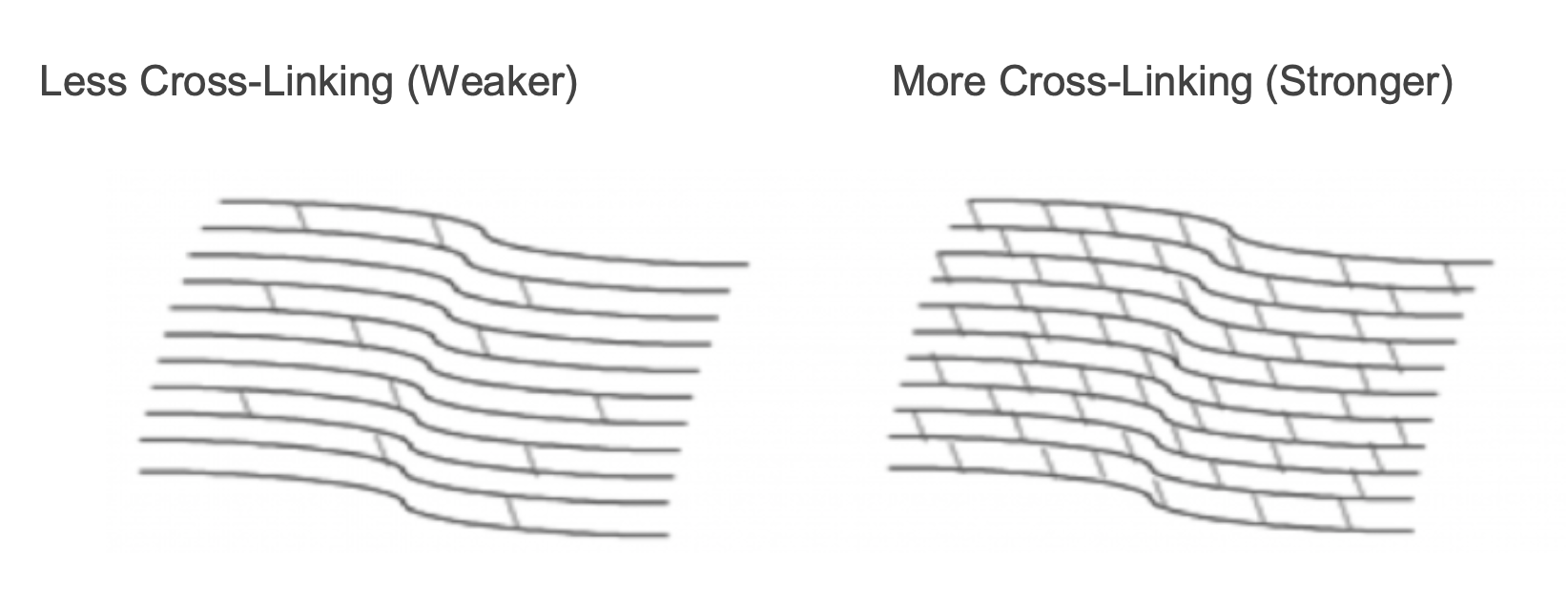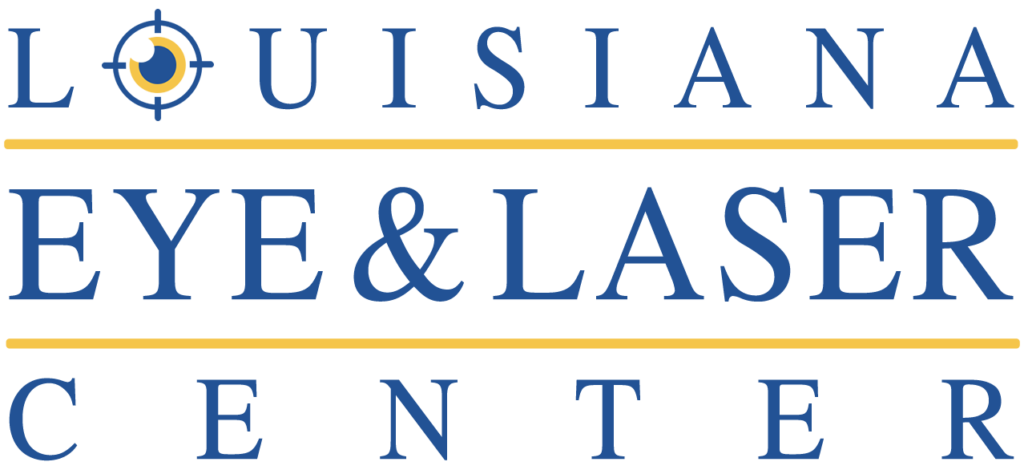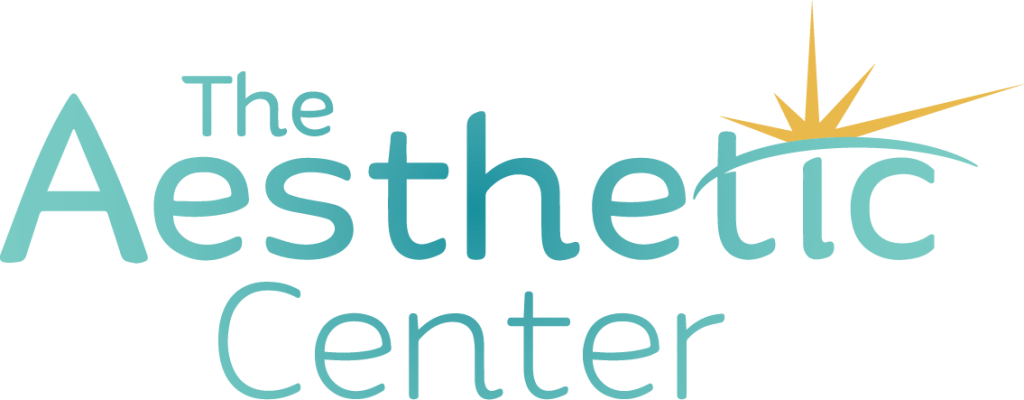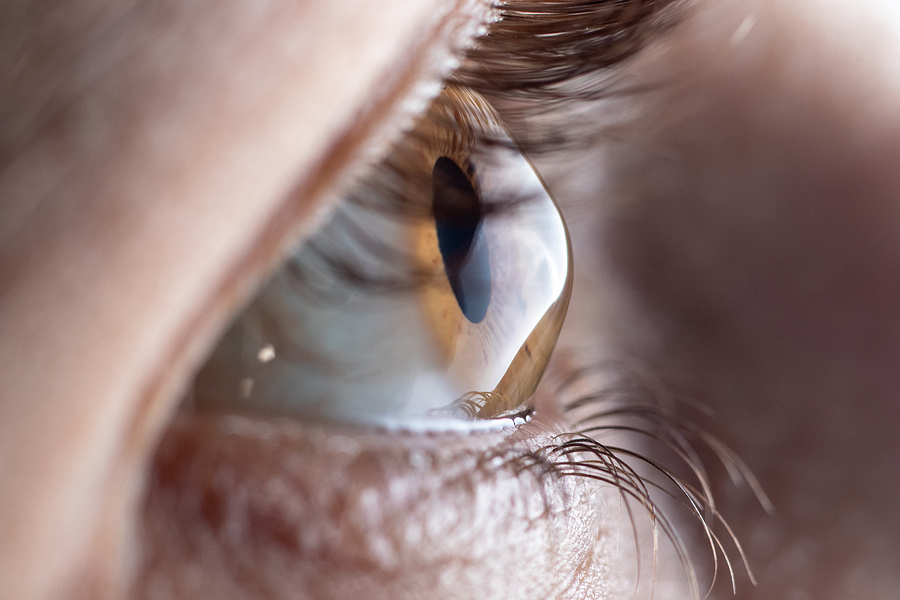What is Keratoconus?
Keratoconus often referred to as ‘KC’, is a non-inflammatory eye condition in
which the typically round dome-shaped cornea progressively thins and weakens, causing the development of a cone-like bulge and optical irregularity of the cornea. This causes ‘static’ in your vision and can result in significant visual impairment.
Symptoms:
Keratoconus typically first appears in individuals who are in their late teens or early twenties, and may progress for 10-20 years, and then slow or stabilize. Each eye may be affected differently. In the early stages of keratoconus, people might experience:
- Slight blurring of vision
- Distortion of vision
- Increased sensitivity to light
The cornea is responsible for focusing most of the light that comes into the eye. Therefore, abnormalities of the cornea, such as keratoconus, can have a major impact on how an individual sees the world, making simple tasks such as driving a car or reading a book very difficult.
Keratoconus can result in significant vision loss and may lead to corneal transplant in severe cases.
What is Corneal Cross-Linking?
Cross-linking is a minimally invasive outpatient procedure that combines the use of UVA light and riboflavin eye drops to add stiffness to corneas that have been weakened by disease or refractive surgery. Cross-linking, which has been performed in Europe since 2003, is considered the standard of care around the world for keratoconus and corneal ectasia following refractive surgery.
Corneal Cross-Linking
- Creates new corneal collagen cross-links
- Results in a shortening and thickening of the collagen fibrils
- Leads to the stiffening of the cornea

Riboflavin
Riboflavin (vitamin B2) is important for body growth, red blood cell production and assists in releasing energy from carbohydrates. Its food sources include dairy products, eggs, green leafy vegetables, lean meats, legumes, and nuts. Breads and cereals are often fortified with riboflavin.
Under the conditions used for corneal collagen cross-linking, riboflavin 5’- phosphate, vitamin B2, functions as a photoenhancer which enables the cross- linking reaction to occur.
Ultra-Violet A (UVA)
UVA is one of the three types of invisible light rays given off by the sun (together with ultra-violet B and ultra-violet C) and is the weakest of the three.
A UV light source is applied to irradiate the cornea after it has been soaked in the photoenhancing riboflavin solution. This cross-linking process stiffens the cornea by increasing the number of molecular bonds, or cross-links, in the collagen.
Is Cross-Linking Right for You?
Patients over the age of 14 who have been diagnosed with progressive keratoconus or corneal ectasia following refractive surgery should ask their doctor about corneal cross-linking.
Louisiana Eye & Laser Center is proud to be among the first eye care practices in the area and the first in Central Louisiana to offer therapeutic products for corneal cross-linking, which have been FDA approved to treat progressive keratoconus. This procedure offers an effective treatment for patients who, until recently, had no therapeutic options to limit the progression of this sight-threatening disease.





